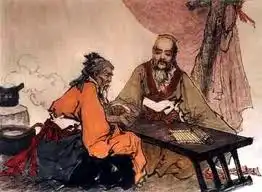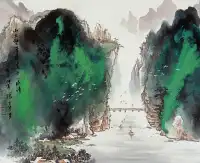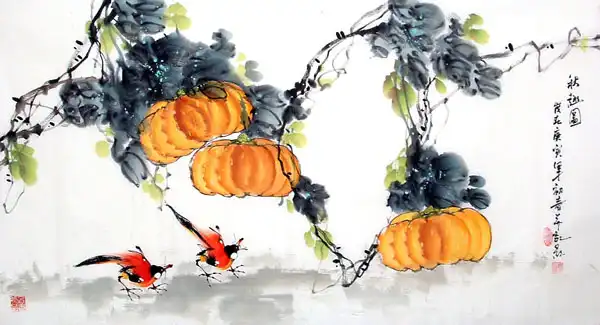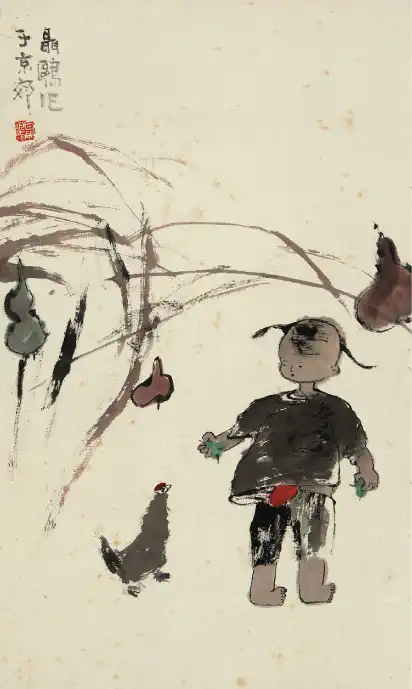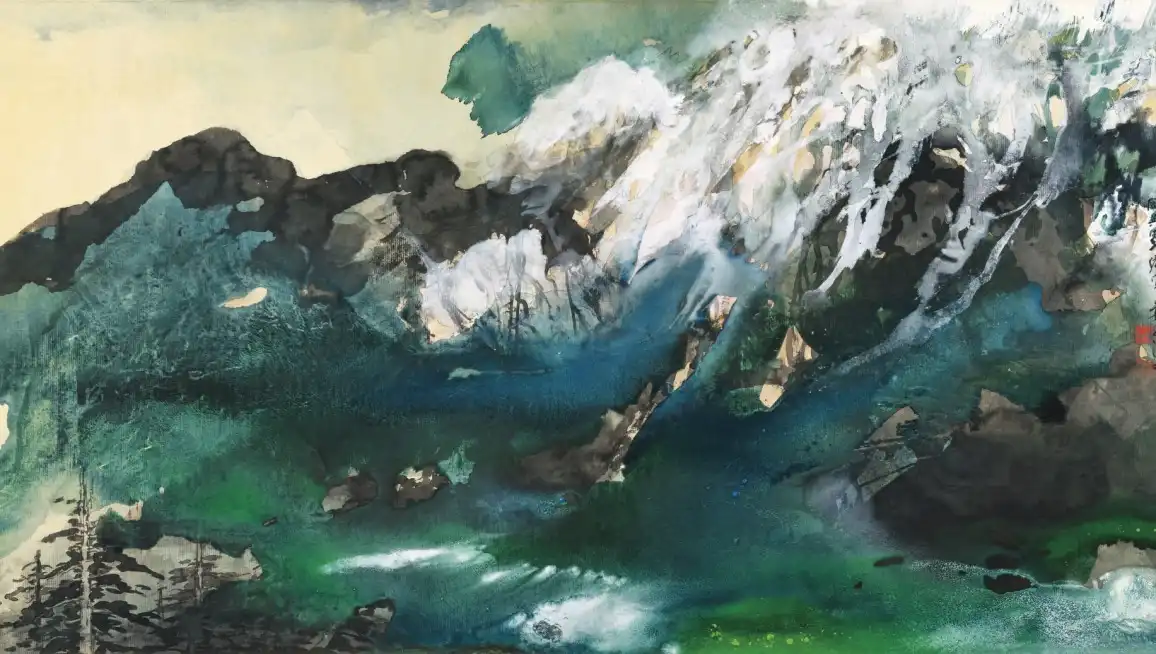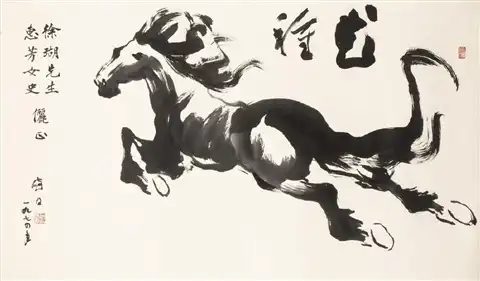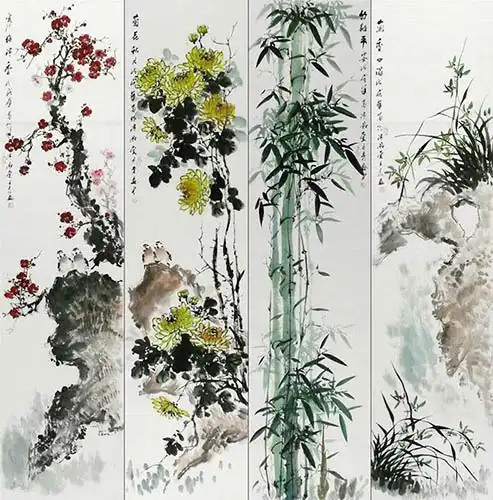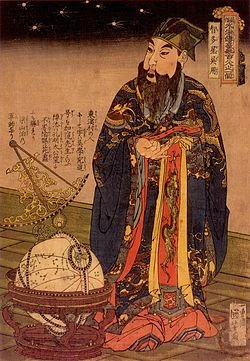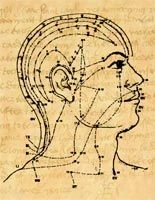Cause
- living in damp environment
- sitting on damp surfaces
- suspicion and jealousy
In Traditional Chinese Medicine “dampness in the Urinary Bladder” is most commonly caused by living long term in damp environments. Excessive exposure to damp weather will eventually lead to internal accumulation of dampness.
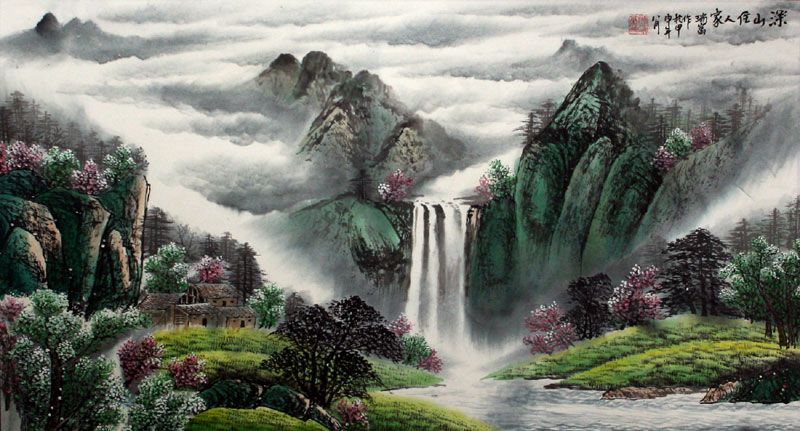
Susceptible to "internal dampness" are the Spleen, the Large Intestine, the Gall Bladder, and the Urinary Bladder. From all of the above the Urinary Bladder is the most susceptible to external damp environment. Living in damp places or sitting on damp surfaces leads to the accumulation of damp-heat or damp-cold in the Urinary Bladder.
Damp-cold is mostly caused by excessive exposure to climatic dampness combined with cold.
Damp-heat is caused by excessive exposure to climatic dampness combined with heat. Another cause for the accumulation of damp-heat in the Urinary Bladder is repressed feelings of suspicion and jealousy. (1)
If you want to learn more about the kidney and its functions from the perspective of Traditional Chinese Medicine you can read the material "The Urinary Bladder in Traditional Chinese Medicine" in the Physiology chapter.
Symptoms
- lack of energy
- sensation of heaviness
- cloudy head
- cloudy urine
- difficult, frequent, urgent, burning urination
- dark-yellow urine or turbid pale urine
- sand in the urine
“Internal dampness” very much resembles external climatic dampness. With both internal and external dampness there is lack of energy, sensation of heaviness, cloudy head.
In both damp-heat and damp-cold the urination is cloudy and difficult (stopping in mid-stream), frequent, and urgent.
In the cases of damp-heat the urination is dark yellow, there may be burning sensation when urinating, thirst, and maybe fever. As the heat condenses the damp, "turning it into sand", there may be sand in the urine.
In the cases of damp-cold there is a sensation of cold, lack of thirst and the urine is turbid and pale. (1)
Treatment

To unlock the rest of this article select "Yes, I want to learn!" below.
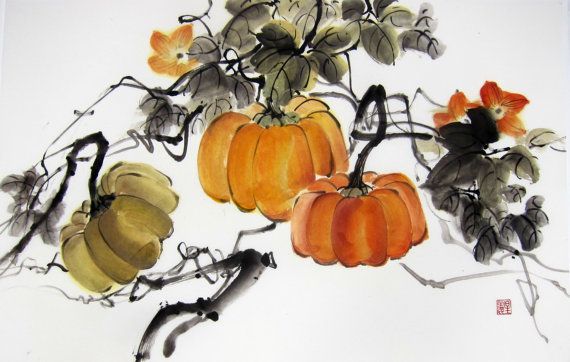
Food therapy is the most economical and non-toxic biochemical approach to health and disease. Food is something we continuously use to sustain our lives. Learning what foods are healing (and what disruptive) for each condition has the potential to convert every meal into a form of therapy.
YS
(1) Maciocia, Giovanni (1989). The Foundations of Chinese Medicine. Nanjing: Harcourt Publishers Limited
(2) Pitchford, Paul (2002). Healing with Whole Foods. Berkeley: North Atlantic Books
Related Articles:
The Kidney, season winter, and foods that benefit the Kidney during winter
Herbs that tonify Qi and benefit Kidney Qi deficiency
Herbs that tonify Yang and benefit Kidney Yang deficiency
Herbs that tonify Yin and benefit Kidney Yin deficiency
Please read our Disclaimer

